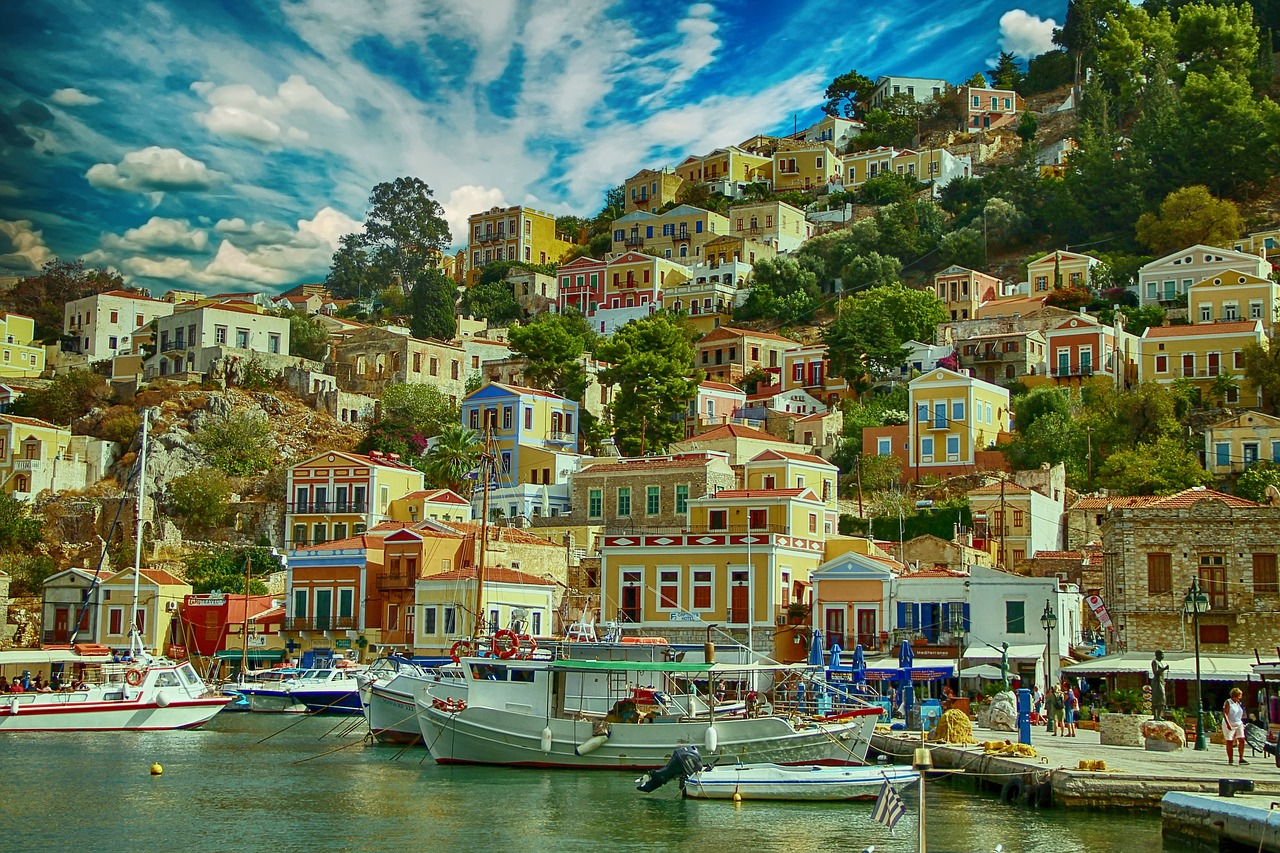Exploring Iconic Aquariums and Marine Sanctuaries
The Okinawa Churaumi Aquarium in Japan is renowned for its massive Kuroshio Tank, which houses a variety of marine species such as whale sharks and manta rays. Visitors are captivated by the spectacular underwater tunnel that provides a unique perspective of these majestic creatures swimming above them.
Moving across the globe to the United States, the Monterey Bay Aquarium in California holds a special place in the hearts of many marine enthusiasts. Known for its focus on marine conservation and research, the aquarium showcases a rich diversity of sea life, including playful sea otters, mesmerizing jellyfish, and vibrant coral reefs.
Key Features of Marine Sanctuaries
Marine sanctuaries play a crucial role in preserving the biodiversity of our oceans. These protected areas are designated to safeguard marine life, habitats, and ecosystems from various human activities such as overfishing, pollution, and habitat destruction. By establishing marine sanctuaries, nations aim to create safe havens where marine species can thrive and where marine ecosystems can be conserved for future generations.
The key features of marine sanctuaries include strict regulations on human activities, such as fishing, boating, and mining, to minimize the impact on the marine environment. Additionally, marine sanctuaries often have designated zones for different activities, such as no-take zones where fishing and resource extraction are prohibited, and zones for recreational activities like diving and snorkeling. These zones help to balance the needs of conservation with sustainable use of marine resources, ensuring the long-term health and resilience of marine ecosystems.
What are marine sanctuaries?
Marine sanctuaries are protected areas of ocean where human activities are limited to preserve the marine environment and its inhabitants.
What are some key features of marine sanctuaries?
Some key features of marine sanctuaries include biodiversity protection, habitat conservation, research opportunities, and educational programs.
Why are marine sanctuaries important?
Marine sanctuaries are important for maintaining healthy marine ecosystems, protecting endangered species, and promoting sustainable use of marine resources.
How can I visit a marine sanctuary?
Many marine sanctuaries offer guided tours, educational programs, and recreational activities for visitors to learn about and appreciate the marine environment.
Are marine sanctuaries only located in remote areas?
No, marine sanctuaries can be found in various locations around the world, including coastal areas, islands, and even urban centers.





